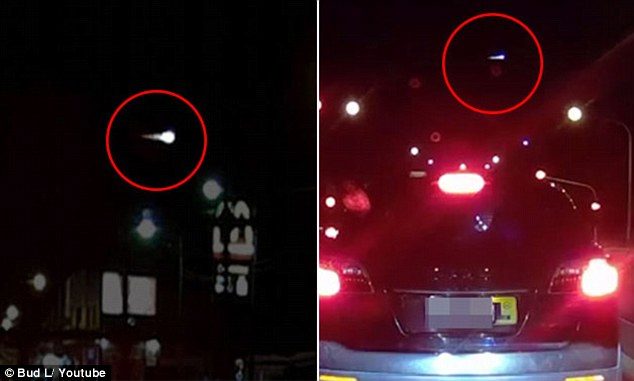
© Dado RuvicA meteor streaks across the sky above medieval tombstones in Radmilje, Bosnia and Herzegovina, on 12 August, 2016.
A glowing shower of meteorites is set to light up the night skies this August as hundreds of burning space rocks wipe out in Earth's atmosphere, much to the delight of stargazers across the globe.
The Perseids is a prolific shower of fiery space particles that has streaked over our planet annually for generations as Earth encounters debris falling off the Swift-Tuttle comet, which was first discovered back in 1862.
The gleaming debris is generally first seen in mid-July in the northern
hemisphere but enters a particularly sweet period of viewing for amateur stargazers between August 11-13, 2018. According to NASA, the peak period happens around a moonless night when the sky is darker than normal.
"Unlike most meteor showers, which have a short peak of high meteor rates, the Perseids have a very broad peak, as Earth takes more than three weeks to plow through the wide trail of cometary dust," said Jane Houston
Jones, of the US space agency's Jet Propulsion Laboratory.


Comment: See also: The annual Perseids: Astronomers prepare for Earth to 'plow' into fiery meteor shower